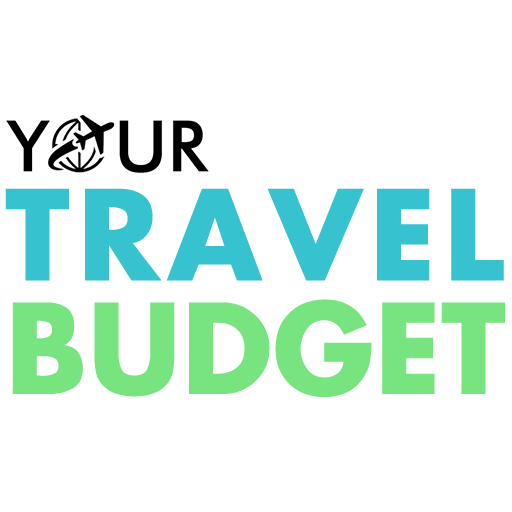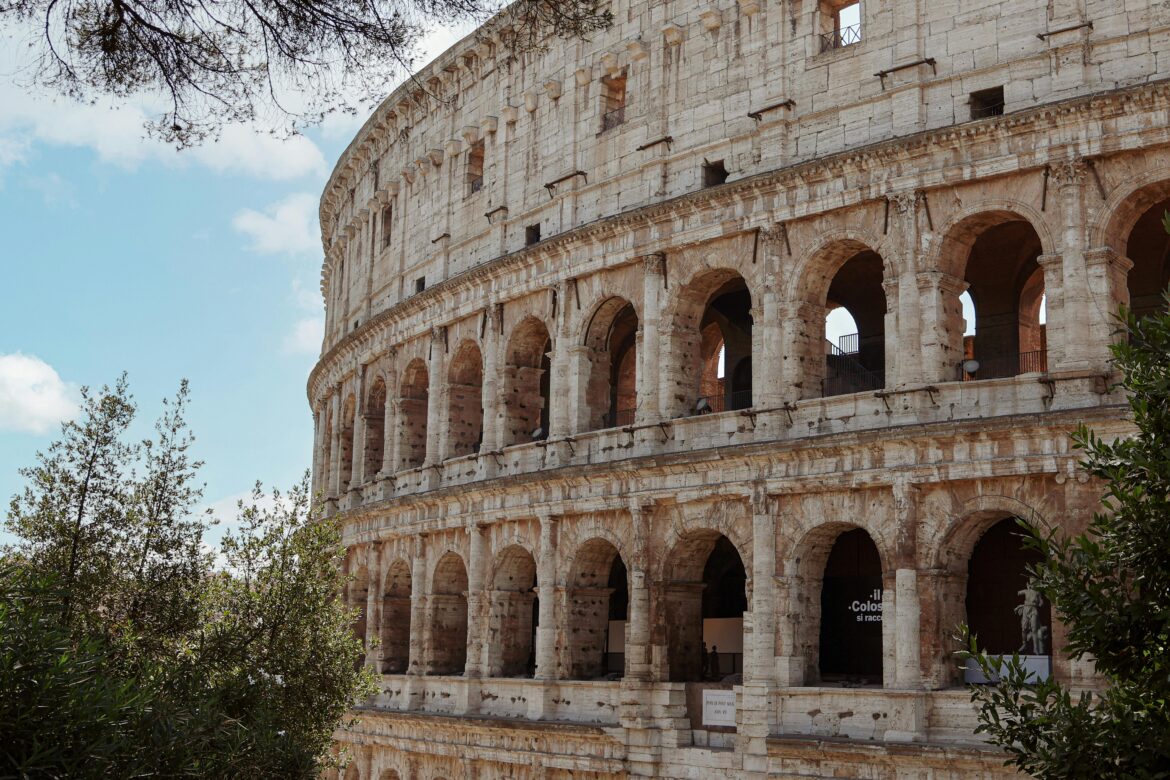Table of Contents
How to Save Money While Traveling in Italy
Italy is a destination of aspiration to most because of its natural beauty, history and authentic culinary delights. However, the idea of moving around charming Italian cities and countryside for cheap prices can, at times, be a nightmare. Fortunately, with a well-thrown strategy into planning and better knowledge of the country, it is quite possible to enjoy Italy without overpaying. Here, I will describe key strategies for how to save money while traveling in Italy and getting almost everything you might need for a reasonable price.

Choose Budget Accommodations
When choosing a hotel to stay in Italy, there is no lack of cheap accommodation. Hostels are common among travellers who prefer cheap accommodations in small rooms, sharing facilities and rooms for individual rent or sharing. Most hostels also offer shared kitchens so guests can get their food, eliminating expenses from the list. You can use Hostelworld or Booking.com websites to find the best accommodation types that match your budget.
Other options should also be considered are guesthouses or places like agriturismos and Airbnb apartments. Agriturismos, or farm stays, are economical and interesting ways to taste the real Italian countryside and eat home cooking based on fresh products. Advance booking will also enable you to look for better bargains, especially during the high-budget traveller seasons.
Green Tourism and Travel on Off-Season
Ways to organize a cheap trip include flight: Traveling to Italy during off-peak periods can help avoid expensive flight charges. High tourist season occurs during summer, from about June to August, when prices hike sharply and accommodations are fully booked. There are other good reasons to travel, but they have to be the shoulder seasons: April to June or September to October. May and October are excellent times because tourists might be scarce, but the climate is pleasant, and theγο prices of a hotel, meal or getting into any site are relatively low.
Furthermore, some places offer low prices or extra promotions in the absence of large groups of visitors. This is not only helpful in raising cash but also useful in making the tour more interesting and free from massive crowds when visiting the main characteristics of Italy. This way, you can avoid overcrowded areas, save your money, and have even more pleasant travel.
Use Public Transportation
Italy is also very well-endowed with first-class means of transport both at a regional and city level throughout the country. Inter-city transport: There are a number of trains, from the high bullet trains to regional trains. There may be certain rules for buying tickets for high-speed trains. It is always beneficial to book tickets in advance and to have some free time to hang around the station and spend time between train changes. Today, you may easily purchase tickets through websites such as Trenitalia or Italo.
To get around cities and towns, a network of public bus lines, trams, and metro works well. Overcrowded buses and trams dominate each city, but bear in mind that travelling in Italy is relatively cheap and easy since most urban areas, such as Rome, Milan, and Florence, boast efficient transport systems. Hiring a taxi or other ride can burn significant cash and get you closer to the country’s culture.
Dine Like a Local
Food is a big plus, especially Italian food; however, if you intend to dine out frequently, then be ready to pay through your nose, especially at places most frequented by tourists. On the Operational level, limiting spending can be achieved by consuming food and beverages in local trattorias, osterias and pizzerias where, albeit the population being equally sophisticated, the price level is significantly lower than in gourmet restaurants. Most of them make sure to introduce incredibly affordable lunchtime deals. However, you can get out to try local markets’ produce or even chaats, which can be found on the roadsides if your lodging provides cooking amenities.
When it comes to restaurants, try to avoid eating at restaurants in common tourist areas, as most will charge more. But go to the areas where people living in communities frequent, and you will be able to find mouth-watering, inexpensive, tasty meals. Just remember that eating is an event in Italian culture – at least when it comes to lunch and dinner – so don’t let someone rush you to finish or skip a particular course.
Take Advantage of Free Attractions
There are many things to see and do in Italy for free or a very low amount of money. Some of the stunning, pretty churches, piazzas, and parks you will visit when touring the country do not attract any fees, enabling visitors to experience the culture without having to spend money. For example, simple people can sit in historic places like the Pantheon in Rome and Piazza della Signoria in Florence prepaid without any charge. Visiting one or another beautiful district, for example, Trastevere in Rome or Oltrarno in Florence, doesn’t cost anything and will allow you to take a lot of beautiful pictures and see the true beauty of these cities.
Besides free things, it is also necessary to look through a list of holidays since various events happen all year round. Most towns and cities have cultural festivals, concerts, and art fairs where you can view artwork or watch performances for a token fee at the most. Some of the best things you can do for cheap are to immerse yourself in Italian celebrations that are within your reach.
Seek Out Tourist Cards
Almost all cities in Italy have various tourist cards that grant visitors not only a discount on the main sightseeing and transportation. These cards can be a real money saver depending on the number of places to visit within the park. For instance, the Firenze Card allows visitors free access to over 70 museums, galleries and other attractions and free use of most city transport for 72 hours, making viewing the Florence monuments intensive; it is worth buying.
Shop Smart for Souvenirs
Taking a piece of Italy home is mandatory, but souvenir hunting can prove costly if not controlled. Thus, instead of purchasing souvenirs in gift shops, try looking for antiques at local markets or classy ornaments in small art shops. Local crafts like pottery, leatherwork, and other icons of Indigenous food products strike one as unique collections and memorabilia items.
Also, beware of how much you spend on gifts and souvenirs. This should be done by formulating a budget plan for yourself and then adhering to it. If you see something you like, think whether it is worth spending your money on it or if you can get something similar at a cheaper price. So, paying attention to what you’re buying will allow you to take nice and memorable things without overpaying.
Stay Connected for Deals
To this end, retaining communication with the world enhances the traveller’s opportunity to secure the best accommodation, transport, and tourism deals. Check online travel services to see what special offers are available, popular travel destinations, and what others have experienced. It is also possible to turn to newsletters of various travel agencies and local tourist offices to receive information about promotions.
Using social networks to search for promotions and insider information may be useful more often. Choose regional travel bloggers who provide tips on how to travel to Italy on the cheap. The information you get from online communities is real-time and includes occurrences, discount offers, and suggestions that make your travelling memorable without compromising your pocket.
FAQs
What is the average daily budget for travelling in Italy?
A budget traveller should be able to spend between USD 50- 100 per day for accommodation, meals, transport, and other related extras.
Are there any recommended apps for travelling in Italy?
Sometimes, navigation apps such as Google Maps, Trenitalia for train timetables, and TripAdvisor for restaurants and activities can be useful.
Is it safe to eat street food in Italy?
Yes, it’s secure to eat street food in Italy. Although particular aspects of street food consumption may be relatively risky in some areas, it is extremely secure if you’re getting from stalls where locals are eating. Just make sure the food is cooked and prepared in the moment.
How can I find free events in Italy?
Visit local tourism websites, community boards, or social media platforms to learn about free events and festivals in the region during your visit.
Can I always use my credit card in Italy?
Indeed, most places in Italy take credit cards but always remember to have some cash on you as there are always little shops, markets, or restaurants that do not accept plastic money.

